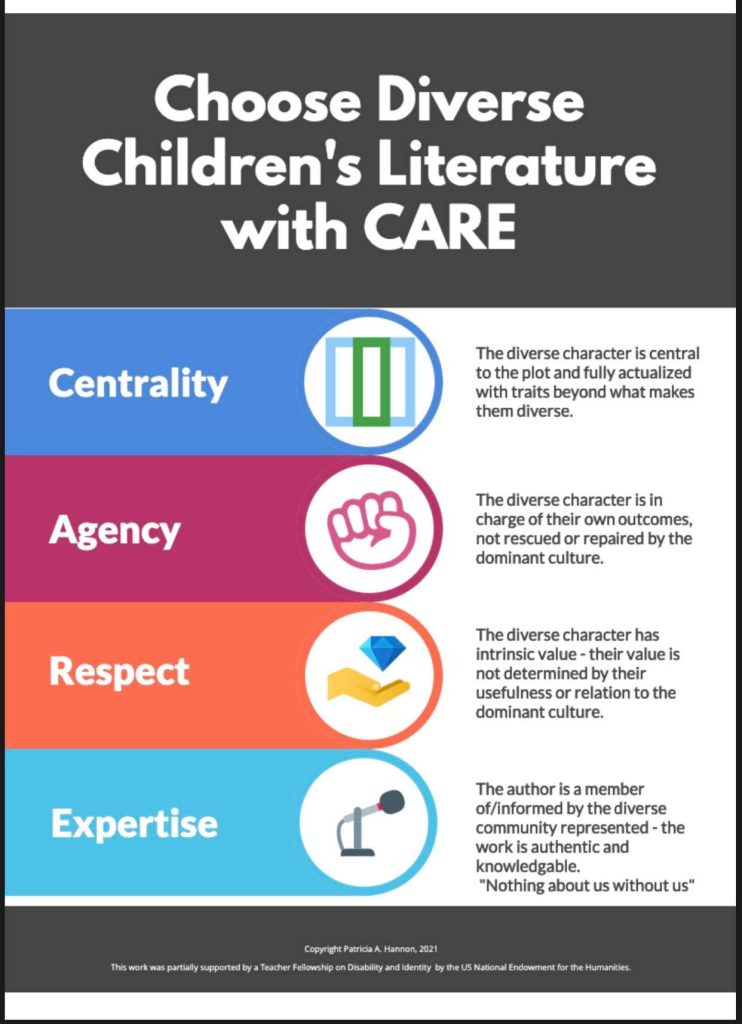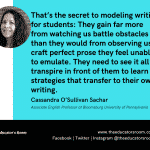I went to Google during my lunch break to look up the phone number for our pediatrician. While searching, I came upon a different pediatrics practice that sports this as their logo:

We’ve lived in Germany for a long time, and I’ve grown accustomed to (but certainly not accepting of) the use of blackface and other racial “costumes,” especially during Karneval season. But this logo was something that even this jaded ex-pat could not simply accept as “part of German culture.” I started to explore the website, and the pediatrics team is obviously composed of admirable people. They volunteer their time to Doctors Without Borders, and they make it a point to signal that they are the inclusive, welcoming practice in town. They highlight their beautiful, child-centered facility. They are using this logo without malice.
It was clear: Someone purchased this logo to signal their inclusivity.
“So why would they choose to mock the people they are hoping to serve?” I thought.
Something you should know about me is that I’ve been working on observing and withholding judgment in an effort to increase my own humility and learning. I can serve up piping-hot judgment with a healthy topping of snark before you’ve even placed your order. But in this instance, despite my best efforts to control it, the judgment came swiftly, like a reflex:
“We would NEVER see this in the States, as it is much more diverse there.”
“The Germans really have some catching up to do”
I’m also a scholar of Holocaust pedagogy, and boy-howdy, the judgment from that area of my brain was even more cutting:
“The Germans, of all people, should understand better than any other nation what happens when you dehumanize others into caricatures!”
And then I knew I’d done it. I knew I was in for a lesson from the universe. I find that the universe abhors a vacuum….of humility, and will often slap you with something to set you right in short order, often with a good helping of embarrassment and a side order of crow. The trick to finding this lesson and learning from it is to listen.
My lesson came within the hour when I started our reading block and pulled out this literary gem for my students’ lesson that day:

Oh, universe, why must you mock me?
That’s right, my supposedly enlightened self was about to unleash a tribe of bizarrely drawn, ludicrous “cultural” caricatures on a large group of 10-year-olds. You know, to learn about Native Americans. For…ummmmm….diversity.
Then, I remembered: I taught this book last year.
Universe: 1, Miriam: 0.
Needless to say, I pivoted. I didn’t use the book.
When thinking about how this could have slipped past my radar last year, I automatically felt defensive:
“But this is approved curriculum! I count on the book companies and textbook selection committees to make good choices!”
“How can you expect me to preview every last little thing? “
“I’m too BUSY for that level of vigilance!”
Then the universe whispered:
“You know who else is busy? Pediatricians.”
And that’s what I have in common with those doctors: a lack of vigilance due to my own busy-ness. We had both fallen victim to our best intentions, aided by anonymous companies, served up clumsily, and perhaps even harmfully. This happens everywhere, from textbook companies to administrators to teachers to logo designers to pediatricians. Those pediatricians aren’t any more careless than I. They feel the pull to include diversity in their dealings, to serve their community the best they can. We both let our guard down and ended up enforcing the very stereotypes we were trying to abolish. This problem is what I like to call “auto-pilot diversity”.
Last summer, a colleague was part of a seminar that studied disability representation in the media. She made this graphic with the harried, stressed-out educator in mind. I’ve now printed it in poster size and hung it prominently in my room to serve as a quick and easy filter through which I can put all “diversity” materials before using them. The four elements only take a few seconds to go through, and my students are starting to use them, too. I hope you find it useful. If we’re lucky, it might even help head off some embarrassing lessons from the universe.

Miriam Hirschmann is a veteran educator with over 20 years of experience. She has taught at all grade levels and in a variety of settings. She currently teaches at an International School in Germany. She can be reached at devmirhirsch@gmail.com






